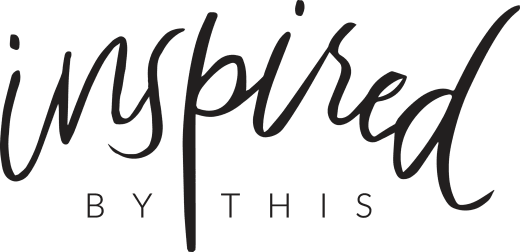Want to know how to get more from your workout? Better yet, just feel better all the time? Hormones are having a moment, but they should always be on our radar, as they affect how well we function and reveal to us what workouts our body is asking for. So, we asked women’s health expert and founder of Balanced Bombshells, Laura Charelle, to share how you should be exercising according to your hormones. She believes balanced hormones contribute to living a happy and stress-free life, and well, she’s living proof!

Feeling good can be as simple as changing a few habits. When it comes to your hormones you can optimize your food and exercise to find balance! You’ll have more energy, a happy cycle, and achieve your fitness goals – stress free. Here’s how:
1. Adjust your efforts according to your decade

How we exercise in our 20s isn’t always going to give us the results we want in our 30s and beyond. I noticed a change in how my body responded to exercise by my mid-20s. I kept trying to keep up with my running schedule, long gym sessions, doing all the classes, and found that no matter how well I ate or how much I exercised, I bloated oddly at various parts of my cycle.
The reason? Too many stress hormones, which lead to an imbalance between estrogen and progesterone, causing bloat. My hormone structure had changed and I needed more rest in my exercise schedule. The American Council on Exercise (ACE) suggests we adjust our exercise efforts to our decade. Our body doesn’t recover as quickly as we age, and we don’t produce as much human growth hormone (HGH). HGH helps us metabolize fat, build lean muscle, and keeps our skin looking younger. It begins declining in our 20s, so we have to work harder for it. High Intensity Interval Training (HIIT), getting enough sleep, and eating more vitamin C can naturally increase this hormone.

In your 20s, get in the habit of exercising and trying out different variations to find what you enjoy. Your body will adapt more easily, so you may find you can do tougher workouts more often.
In your 30s, incorporate strength training workouts and cardio. ACE suggests doing something that increases your heart rate every day, even if it’s a 15-20 minute walk, three times a day. Your coworkers are secretly hoping you’ll suggest a walking meeting! Strength training helps your body maintain muscle, keep your metabolism buzzing, and produce more HGH so you look leaner, while aging gracefully.
In your 40s, recovery may take a bit longer. ACE recommends switching up your routine so your muscles don’t get bored, adding more yoga sessions, and limiting high intensity workouts to three times a week or less.
2. Partner your workouts to your monthly cycle
Get in the habit of cycle syncing your workouts! You’ll find there are parts of the month you feel resistance to a tough spin class, while at others you crush it. Your body’s natural energy shifts with your hormones throughout the month.
Menstrual Phase: Your menstrual phase is the 3-7 days you’re having your period. Your energy is naturally lower, so if you can’t do a tough workout, don’t stress about it. Think of doing a light jog instead to get your blood moving (also helps with those hormonal headaches and eases cramps!), going to a yoga or barre class, or walking. Napping can also be considered a sport here! Focusing on relaxation and rejuvenating exercises won’t put unnecessary stress on your body. This means you’ll have more energy for when your period is over and can get back at it.
Follicular Phase: Your follicular phase is the 7-10 days after your period ends. You may notice your energy levels begin to pick up and you’re more open to try something new. Your body will be more likely to want tougher workouts, so grab your friends to try a new spin studio, zumba, or hot inferno pilates class!
Ovulation Phase: Nature designed your body to reproduce during the 3-5 days of ovulation. This means in order for you to carry on the human race, Mother Nature needs you to go out and socialize. Your energy is through the roof! Schedule your endurance workouts here, get in your tough HIIT sessions, and do anything social like a group hike or team sports.
Luteal Phase: Your luteal phase is the 10-14 day period right before you start menstruating. During the first week your energy will still be really high as you come down from ovulating. So you can still schedule your tougher workouts and invite friends.
The week before your period, though, your energy starts to decline. You can use this shift as a chance to scale back on your workouts and incorporate yoga, pilates, and lighter cardio. One reason why so many women get irritable before getting their period is because they don’t pay attention to this decline in energy. If you feel irritable, use it as an opportunity to slow down and give your body what it really needs.
There you have it! Now you’re a pro at working out for your hormones!



This information is all so helpful! Thank you!